As we start the fourth year without a new Kindle store, Amazon has issued its annual post-Holidays press release, extolling another successful sales season.
That includes best-selling books and best-selling devices.
This from the 2017 press release:
It was a record holiday shopping season for Amazon Devices, with millions more devices purchased worldwide this year than last year’s holiday season.
This holiday season was better than ever for the family of Echo products. The Echo Dot was the #1 selling Amazon Device this holiday season, and the best-selling product from any manufacturer in any category across all of Amazon, with millions sold.
Customers purchased more than twice as many Amazon Fire TV Sticks compared to last year’s holiday season. Fire TV continues to be the #1 streaming media player family in the U.S., U.K., Germany, and Japan, across all retailers.
It was the best holiday season ever for Fire Kids Edition Tablets with 2.4x as many devices purchased from Amazon.com compared to the same time period last year.
Echo devices have been an extremely popular gift this year, with Echo Spot, Echo Dot and Echo Buttons selling out this holiday season; customers can still pre-order to reserve their place in line and orders will be filled on a first come, first served basis.
Wow! So Kindle sales must have been through the roof, right?
This year, Kindle celebrated its 10th holiday season.
And… er… that’s it. “Kindle celebrated its tenth holiday season.” Amazon’s one-time flagship device that in 2011 was the headline for the post-Holidays sales press release (see below), is relegated to a passing mention.
Kindle ebooks didn’t fare much better. While the press release is one long list of detail about Amazon music and video streaming, ebooks are barely mentioned, and what is flagged tells its own story:
The most-read Kindle book in Amazon First Reads in 2017 was, Beneath A Scarlet Sky by Mark Sullivan. (An Amazon imprint title.)
According to Amazon Charts, the most read and most gifted Kindle book in the U.S. this holiday season was Origin: A Novel by Dan Brown.
According to Amazon Charts, the top book Kindle readers in the U.S. found ‘Unputdownable’ this holiday season was Year One: Chronicles of the One, Book 1 by Nora Roberts, reading it cover-to-cover faster than other books.
Margaret Atwood’s The Handmaid’s Tale was the most borrowed book from Prime Reading, worldwide, in 2017
Instant Pot Electric Pressure Cooker Cookbook by Laurel Randolph, independently published through Kindle Direct Publishing, has been topping Amazon Charts throughout the holiday season – reaching #1 on the most sold non-fiction list the week of Cyber Monday.
That’s the only mention of KDP and indie publishing.
Print and audio gets mentions, but of course no indies there. And Amazon’s bookstores get a mention, but no indies there either.
Now compare the 2011 post-Christmas press release from Amazon:
2011 is the Best Holiday Ever for Kindle
Amazon customers purchased millions of Kindle Fires and millions of Kindle e-readers
#1 and #4 best-selling Kindle books released in 2011 published independently by authors using Kindle Direct Publishing
Amazon.com, Inc. today announced that 2011 was the best holiday ever for the Kindle family as customers purchased millions of Kindle Fires and millions of Kindle e-readers. Authors also continue to benefit from the success of Kindle — the #1 and #4 best-selling Kindle books released in 2011 were both published independently by their authors using Kindle Direct Publishing (KDP).
“We are grateful to our customers worldwide for making this the best holiday ever for Kindle,” said Jeff Bezos, Amazon.com founder and CEO. “And in a huge milestone for independent publishing, we’d also like to congratulate Darcie Chan, the author of ‘The Mill River Recluse,’ and Chris Culver, the author of ‘The Abbey,’ for writing two of the best-selling Kindle books of the year.”
More Kindle holiday facts:
- Throughout December, customers purchased well over 1 million Kindle devices per week.
- The new Kindle family held the top three spots on the Amazon.com best seller charts – #1: Kindle Fire, #2: Kindle Touch, #3: Kindle.
- Kindle Fire is the #1 best-selling, most gifted, and most wished for product across the millions of items available on Amazon.com since its introduction 13 weeks ago.
- Kindle is also the best-selling product on Amazon.co.uk, Amazon.de, Amazon.fr, Amazon.es and Amazon.it this holiday season.
- Gifting of Kindle books was up 175 percent between this Black Friday and Christmas Day compared to the same period in 2010.
- Christmas Day was the biggest day ever for Kindle book downloads.
- Kindle Fire is the best-selling product on Amazon.com’s mobile website and across all of Amazon.com’s mobile applications.
Additional Kindle Direct Publishing successes include:
December’s #1 best-selling Kindle Direct Publishing book “Wife by Wednesday” was also the #5 overall best-selling Kindle book in December and has appeared on both the USA Today and Wall Street Journal best seller lists. Author Catherine Bybee was formerly an emergency room registered nurse, and has now left her job to focus on writing full-time.
In 2011, KDP and CreateSpace author CJ Lyons reached #2 on the Amazon best seller list, #2 on the New York Times best seller list, and #4 on the USA Today best seller list. As a former pediatric ER doctor, CJ has lived the life she writes about in her cutting edge suspense novels, and she quit her job in medicine after 17 years to pursue her dream of becoming a full-time novelist. Her latest work includes “Face to Face” and “Hot Water.”
The 2011 press release also has Kindle devices heading the bestsellers list across the board:
Holiday Best Sellers (Amazon.com only; based on units ordered):
Electronics: Kindle Fire; Kindle Touch; and Kindle
And in 2012:
Kindle Fire HD is the #1 best-selling, most gifted, and most wished for product across the millions of items available on Amazon worldwide since its introduction 15 weeks ago
23 Kindle Direct Publishing authors sold over 250,000 copies of their books in 2012.
Kindle Fire HD, Kindle Fire, Kindle Paperwhite and Kindle hold the top four spots on the Amazon worldwide best seller charts since launch.
Cyber Monday 2012 was the biggest day ever for Kindle sales worldwide.
Selection in the Kindle Owners’ Lending Library in 2012 grew from 75,000 books to over 250,000 books—books that Kindle owners with a Prime membership can borrow for free with no due dates in the US, UK, Germany and France.
More than 175,000 exclusive books were added to the Kindle store in 2012.
23 Kindle Direct Publishing (KDP) authors each sold over 250,000 copies of their books in 2012. Top sellers this year include Hugh Howey, author of the New York Times best seller “WOOL,” Stephanie Bond, author of “Stop the Wedding!,” the #2 best-selling book in the Kindle Store in December, and Barbara Freethy and CJ Lyons—both members of the Kindle Million Club.
And back to 2017:
This year, Kindle celebrated its 10th holiday season.
That and a passing note that the Paperwhite sold well in the bricks & mortar bookstores.
Clearly Amazon is still by far the biggest player in several of the key western ebook countries, and Amazon isn’t going to let that change.
But as explored previously here at TNPS, there has been no new Kindle store launched in over three years, and the latest Amazon store, in Singapore, opened with no ebook store and only a handful of print books.
Have ebooks lost their shine for Amazon? If so, why?
Might the falling ebook sales from “traditional publishers” be a factor?
Time after time this past year or two the Big 5 publishers have reported falling ebook sales. That’s something said publishers are clearly comfortable with – at this stage in the digital transition propping up print, where Barnes & Noble is still a player, is more important to mainstream publishing than handing more control of their business to Amazon in the form of ebook sales.
Now some suggest that, despite this, ebook sales are still growing, but the evidence is unclear, and logic suggests otherwise.
Put simply, if the Big 5 are seeing these massive drops in ebook sales – and by their own admission they are – then if the ebook market is still expanding A-Pub, smaller presses and indies are making up that difference, and more.
Just how realistic is that? While there was exponential growth in the early days, we were not seeing any substantial growth in ebook sales just before the Big 5 numbers went into freefall, so are we really to believe all the other ebook suppliers suddenly increased their production to make up the difference?
Data Guy in October promised us a new Author Earnings Report before the year’s end. Hopefully that will yet materialise.
But will it show an expanding ebook market? And if so, why isn’t Amazon shouting about it in the latest end of year press release?
Or are we perhaps conflating expanding market share with an expanding market?
Put simply, if the market is 100 books, with A accounting for 35, B accounting for 40 and C accounting for 25, and suddenly A accounts for 50, C accounts for 30 but B drops to 18, both A and C have seen their market share increase, but the actual market has shrunk.
That’s not to say that’s what’s happening, but absent the numbers that can show that the self-proclaimed Big 5 ebook fall is being more than replaced by other suppliers, we have to be open to the possibility the reason why Amazon isn’t shouting the numbers from the rooftops as it did in 2011-12 is because they are not in that league.
And not just unit sales, but the all important revenue, that is almost certainly down.
The bottom line is, if Big 5 ebook sales are down then Amazon revenue is down, based on the simply reality that Big 5 titles mostly are much more expensive than indie and A-Pub titles.
If for example Big Pub sells 100 ebooks at $15 each that’s $1,500 of revenue for Amazon. If indies sell 200 ebooks at $5 each then yes, indies have outsold Big Pub two to one in unit sales but Amazon has only raked in $1,000 in revenue.
And of course when we look at these “indie ebook sales” we have to bear in mind they include JK Rowling’s Harry Potter titles.
Leaving aside the argument over whether owning the company that produces your ebooks makes you an indie, these titles make up a substantial chunk of those ebook sales that are happening, and also a substantial chunk of Kindle Unlimited downloads, as the Harry Potter titles are all in KU.
Just as the Big 5’s ebook sales fell, so Rowling’s ebooks came to market for the first time. Lots of Harry Potter ebooks suddenly being bought and downloaded that previously weren’t a factor.
Enough to offset the fall in Big 5 ebook sales? Data Guy may have the answer to that, if and when the next Author Earnings Report is published, but safe to say it will be a major factor.
Meanwhile, it’s instructive to look at Amazon’s own numbers as reported in the Amazon Charts, where time and again the top slots are going to mainstream publishing, and notably the Big 5.
Again, compare the 2017 Holidays press release with one mention of KDP success, to those of 2011 and 2012 when Amazon was shouting out indie success stories as headline news.
That’s not to say indie authors are being sidelined. Many are still doing extremely well, and I’m sure the next Author Earnings Report, when it comes, will show indie authors – even excluding JK Rowling – are grabbing more market share. Reservations as above on that.
But what the bigger picture will be remains to be seen.
Amazon is still clearly committed to the Kindle project, but the enthusiasm and excitement of the early years has gone, and as I said recently when looking at Amazon’s South America plans –
As Amazon’s South America plans become clearer, will Kindle ebooks even be a feature?
… as we start our fourth year of no new Kindle stores being opened one has to wonder if Amazon’s stated goal to have every book, ever published, in any language available for Kindle customers to purchase and begin reading in less than 60 seconds has been quietly put on the backburner.

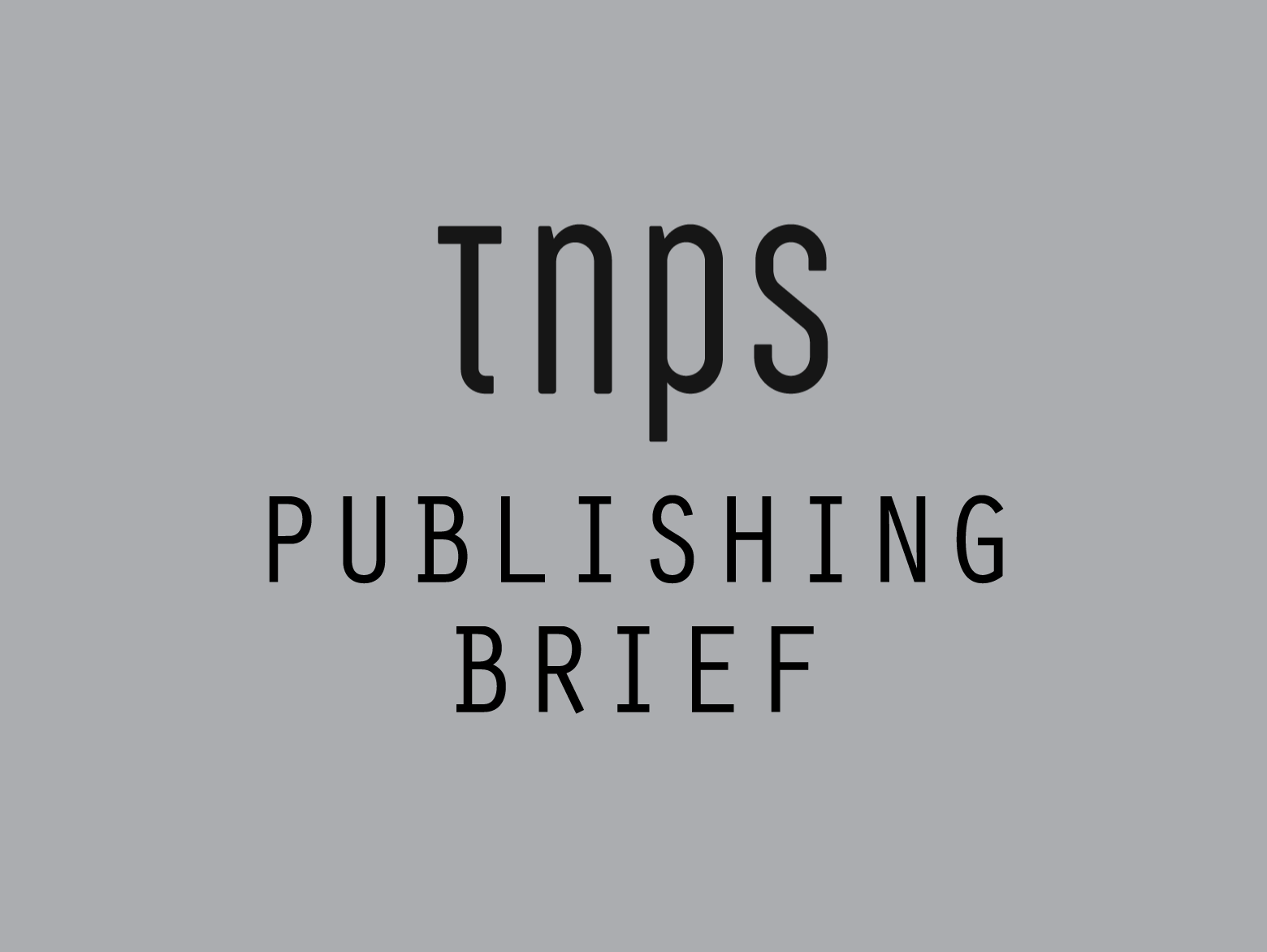
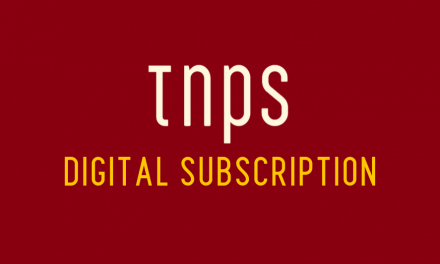
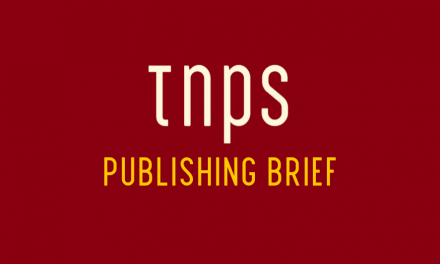
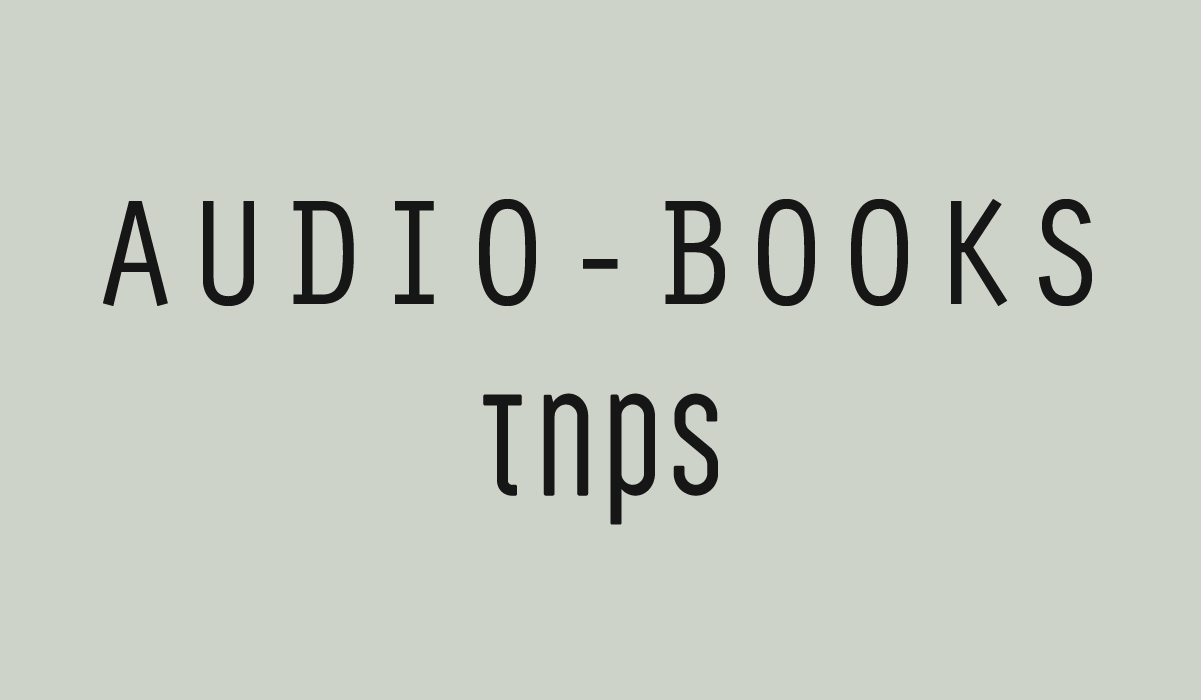
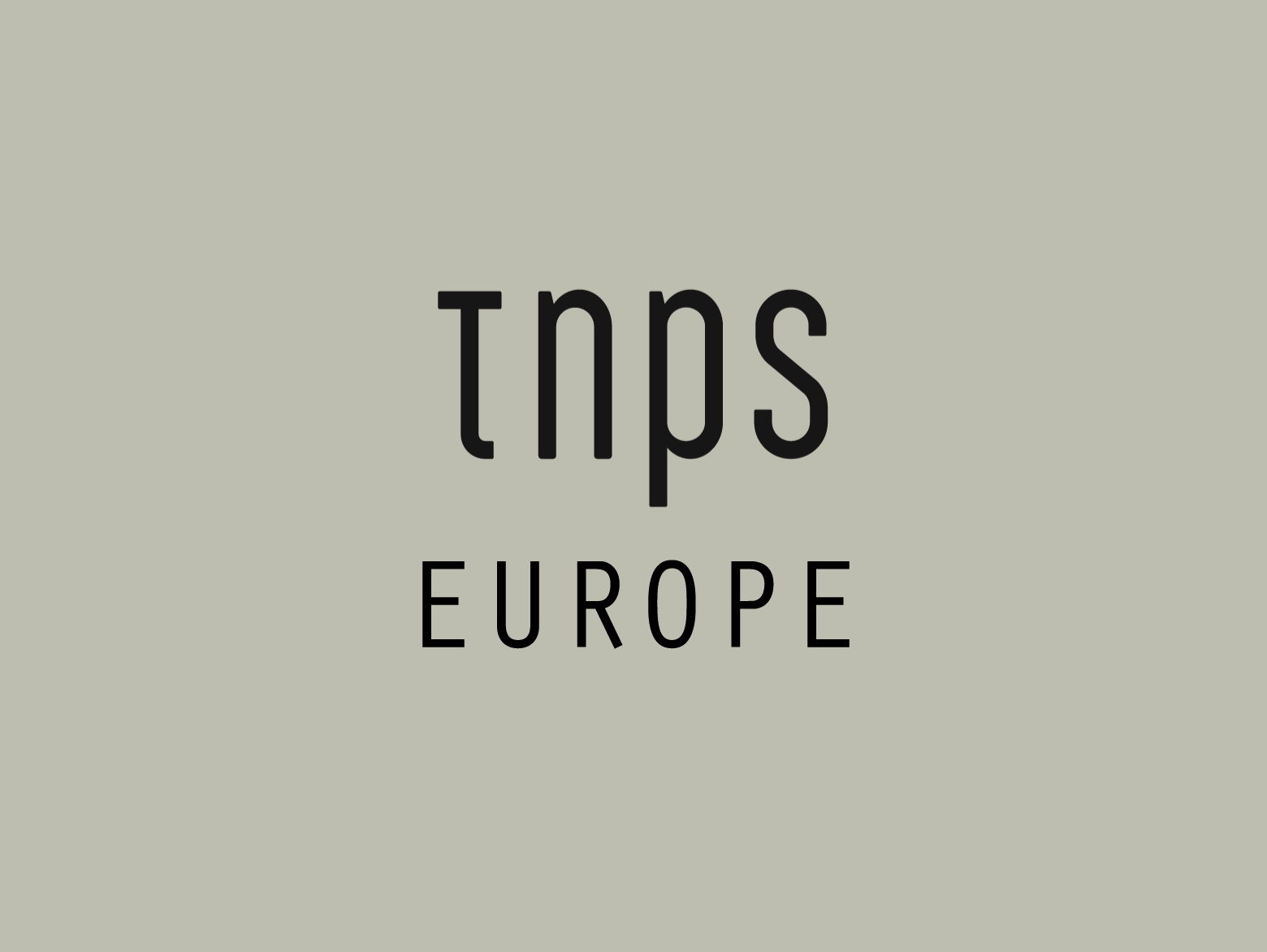
Trackbacks/Pingbacks